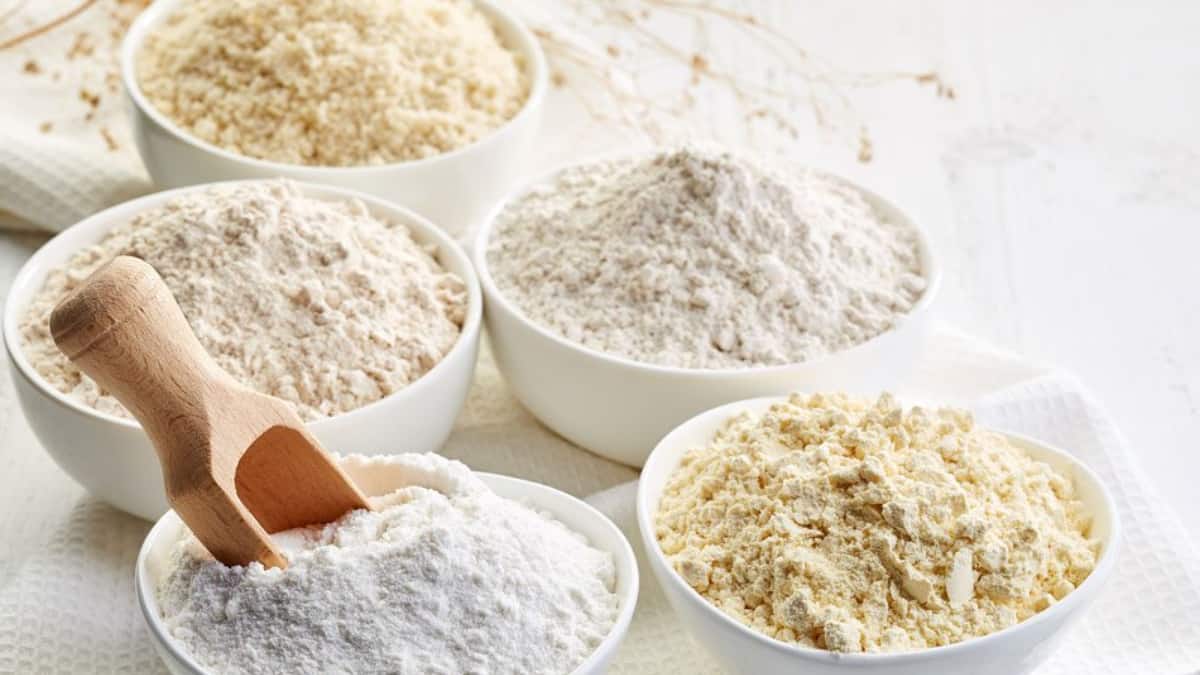We have some interesting flour facts to share with you today. Why flour? The four most produced crops in the world are sugar cane, corn, rice, and wheat, so flour is here to stay.
Love it or hate it, the popularity of flour in cuisines around the world can be demonstrated by the sheer volume of wheat that is produced globally each year.
Whole-grain flour has all the nutrients we need to survive, and entire civilizations have thrived around it. To make flour you must grind grains into a fine powder, and although it might seem like an everyday baking ingredient, it’s behind life as we know it.
There are as many flours as there are grains on earth, from corn to buckwheat, and each one serves a different purpose. Flour is also incredibly versatile, and we must thank it for some of the most wonderful and simple pleasures in our lives, like bread, pasta, and cakes.
The truth is, we take flour for granted, but perhaps knowing more about it might make us appreciate it more.
Here are five interesting facts about flour to pay our respects to the giver of bread.
1. Is eating flour bad for you?
We said in one of the above flour facts that it is one of the most nutritious foods out there, but that’s rarely the case in today’s society where so much wheat is now highly processed. White flour is made from the starchy center of the grain, or the endosperm, as the bran and the germ is milled away to achieve the pearly white color we all know and love, and to extend flours shelf life.
It comes as no surprise that the flour industry started adding vitamins and minerals to it in the 1920s and enriched flour was born.
Whole wheat grain might not be as pretty, but it’s an excellent source for nutrients. Whenever possible, go for whole-grain instead of white flour, you’ll learn to love it just as much.
2. What is the particle size of flour?
There can be up to 1 billion particles of flour in one kilo, that’s about 15,000 ground grains, which are a lot. As a fascinating comparison, you’d need 100 kilos of flour (220 pounds) to have as many flour particles as there are stars in our galaxy.
According to Baker Pedia, the flour from wheat is made of a size such that at least 98% of flour should pass through a 212-μm sieve (US Standard Mesh No. 70).
When wet, the proteins in flour particles bind to form elastic strains of gluten, which are behind dough being stretchy and having the ability of capturing air bubbles that give volume to bread. This is important because bread is 85% air.
3. What other types of flour are there?
Wheat flour might seem ubiquitous, but it’s just a western phenomenon. Northern European countries make their bread with rye, there’s plenty of rice flour in Asia, South Americans cook with cornstarch, and even African countries have their substitutes. Banana flour is one of the most common. Who would have thought?
There’s bean flour, potato flour, and chickpea flour out there. We’re sure you’ve heard about almond flour, but did you know there’s apple flour too? It’s made with the pomace remaining after they squeeze the apples for their juice.
4. What are the 3 main types of flour?
Although there are hundreds of different flours in the planet, wheat flower prevails for baking. The problem is, there are several wheat flours on the shelves. These are the most common.
All-purpose flour is made by blending hard wheat and soft wheat, resulting in a flower with the right balance between protein and starch.
Bread flour is made with hard wheat, so it has lots of protein. The more protein you have, the more gluten you get, and the more bubbles of air you can trap, the result? Fluffy bread.
Cake/Pastry flour is sort of the opposite of bread flour, it’s made with soft wheat and has more starch than protein. Cakes are compact and have small air bubbles compared to bread. Bread flour and cake flour are not interchangeable, even if they both look like, well, flour.
5. Is semolina flour the same as semolina?
Semolina is a fascinating flour, useless to make bread or cakes, as it’s made with hard wheat, also called durum. Protein in this wheat also becomes gluten, but it’s more of a resistant variety of gluten that’s not that stretchy.
Semolina is used to make pasta, and while not airy or stretchy, it has a nice snap.
Did we miss any flour facts?
The bottom line is that flour has an interesting history, and it’s used more than you thought. Get ready to get your hands dirty, get lost in a cloud of flour, and let’s get some baking done! And don’t forget to check out some of our favorite baking gadgets for yourself or as a gift for your favorite chef. Let us know if we’ve missed any interesting flour facts that should be added here.

